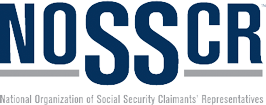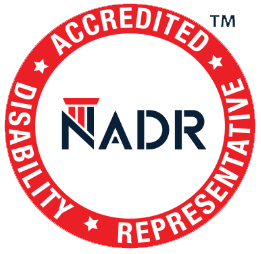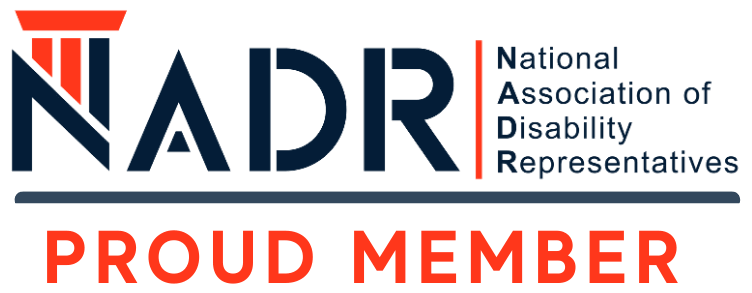Understanding Recent Updates to SSA Disability Benefits
If you have a disability that has made it impossible to work for at least 12 months, you could be eligible to receive Social Security Administration (SSA) disability benefits. As with other programs that the government handles, applying for and receiving the benefits can be more complex than it first appears.
Recently, the Social Security Administration made significant updates to these disability benefits. Here is what you need to know about these updates and what they mean for you.
SSDI vs. SSI: Which One Is Right for You?
The Social Security Administration provides disability benefits via two programs: the Social Security Disability Insurance (SSDI) program and the Social Security Income (SSI) program. Knowing the differences between the two is essential to ensure that you file for the right program. In some instances, you may be able to file for both.
Social Security Disability Insurance Program
SSDI supports people who have a qualifying work history and who are unable to work because of a disability. The government pays benefits to those who can’t work for a year or more as a result of a disability. Benefits can continue until you can work again.
You need to ensure you can meet the work requirements, meaning you have to have the right work credits. These credits depend on your annual wages or self-employment income. It’s possible to earn a maximum of four credits per year.
Keep in mind that how work credits are calculated changes from year to year. In 2024, you can earn one work credit for every $1,730 you make in wages or income. Most people need 20 credits to be eligible for SSDI benefits, with those credits earned in a ten-year period.
Social Security Income Program
The SSI program provides minimum financial assistance to people with disabilities and those over 65 who have a limited income. To be eligible, you must be at least 65 or someone who’s blind or has other disabilities. You must also have limited resources and be a U.S. citizen or a noncitizen who fits specific DHS categories.
In addition, you must be a resident of one of the 50 states, DC, or the Northern Mariana Islands and not have been absent from the country for 30 consecutive days or more. You can apply even if you receive other government benefits.
What Do the Recent Updates Mean For You?
Important changes have been made to these SSA disability benefits programs this year:
Addressing “Not Disabled” Labels Because of Rare Jobs
One of the latest SSA disability benefits updates involves the process of determining whether an adult is disabled under the government’s standards. The Social Security Administration will no longer deny a claim by designating someone as “not disabled” if the work they can perform isn’t available in significant numbers throughout the country.
The agency identified 114 jobs that aren’t present in enough numbers and which would be too difficult to find even if applicants could perform them. For example, you may be able to work as a radiotelephone operator. But these positions are rarely available, so it wouldn’t be fair to label you as “not disabled” and withhold disability benefits.
Expanding Public Assistance Household Definitions
The agency will also make it easier for people to receive SSI benefits by expanding the definition of a “public assistance (PA) household” to include those who receive SNAP payments.
Now, all you need to apply as a PA household is one person who’s an SSI recipient and at least one other member who receives benefits from any other public income-maintenance program.
Excluding Food Value From SSI Benefit Calculations
During SSA disability benefits calculations, the agency will also exclude the value of food. This change aims to simplify the filing process and reduce the variability in payment amounts that occur from one month to the next.
Determining Past Relevant Work
Instead of asking for detailed information about 15 years of past relevant work, the agency will only require five years. This means fewer difficulties associated with providing information people may not clearly remember, which can result in inaccurate applications. The agency will also stop considering work that lasts fewer than 30 days.
Expanding the Rental Subsidy Exception
The rental subsidy exception for SSI benefits is now a nationwide policy. This change helps people receiving rental assistance avoid facing SSA disability benefits ineligibility.
Accessing Online Services
The SSA has also changed how you access Social Security’s online services. These changes simplify signing in and follow federal authentication standards. In the near future, all users will need to have an account with Login.gov or ID.me to access their information.
Getting Help With SSA Disability Benefits
If you’re applying for SSA disability benefits or appealing a decision, you need a team to fight for you. At Disability Support Services, we provide the personal attention your case deserves, and we don’t get paid unless you receive your benefits.
Our team can help people at all stages of applying for SSA disability benefits. From ensuring your application is filled out correctly to handling a hearing in front of an administrative law judge, we can make certain your voice is heard.
Our services are available nationwide. Contact Disability Support Services to speak with an SSA disability benefits attorney today.



